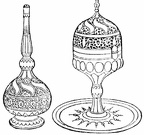113 photos
Home / Albums / Places / Middle East 68

 Desert dweller
Desert dweller Man in fez
Man in fez Old man wearing fez
Old man wearing fez Bedouin shaking his fist
Bedouin shaking his fist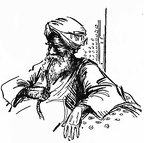 Bedouin smoking with hookah
Bedouin smoking with hookah Desert dweller 2
Desert dweller 2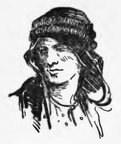 Desert dweller 3
Desert dweller 3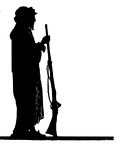 bedouin
bedouin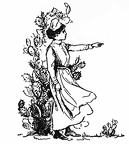 A nurse
A nurse Bedouin 2
Bedouin 2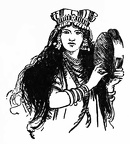 Bedouin Maiden
Bedouin Maiden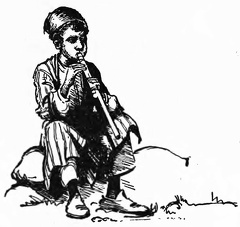 Young boy playing a flute
Young boy playing a flute Young girl carrying bundles of brushwood
Young girl carrying bundles of brushwood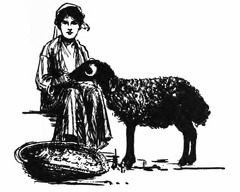 Shepherdess with a sheep
Shepherdess with a sheep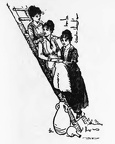 Visitors from America
Visitors from America Water carrier
Water carrier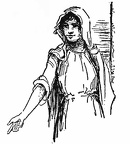 Young bedouin girl
Young bedouin girl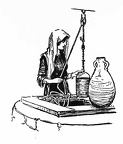 Pouring out the water
Pouring out the water Screenshot (29222)
Screenshot (29222)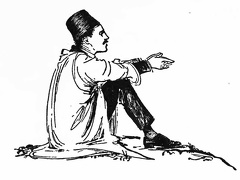 Seated man wearing a fez
Seated man wearing a fez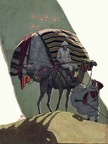 Camel
Camel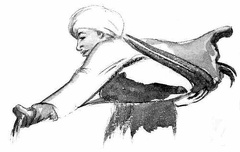 An Egyptian Water-Carrier
An Egyptian Water-Carrier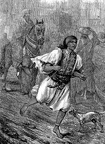 The Syce on duty
The Syce on duty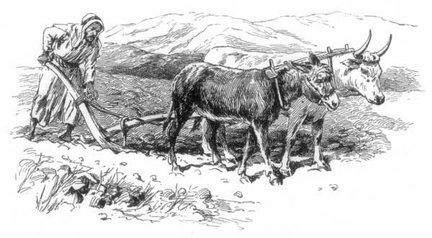 Ploughing in Syria
Ploughing in Syria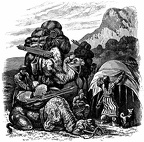 Caravan preparing to start
Caravan preparing to start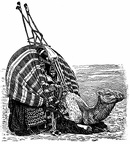 Camel and Palanquin
Camel and Palanquin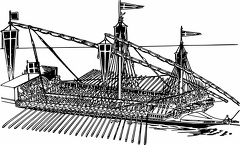 16th century galley
16th century galley The rebab
The rebab Persian dulcimer
Persian dulcimer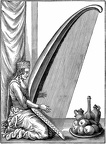 Turkish harp
Turkish harp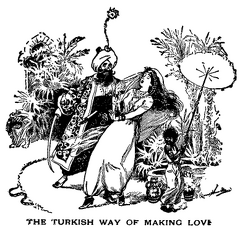 The Turkish way of making love
The Turkish way of making love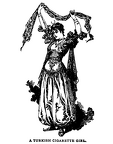 A Turkish cigarette girl
A Turkish cigarette girl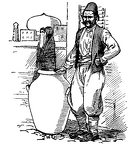 A Turk
A Turk Benjamin of Tudela in the Desert of Sahara
Benjamin of Tudela in the Desert of Sahara The approach to Constantinople
The approach to Constantinople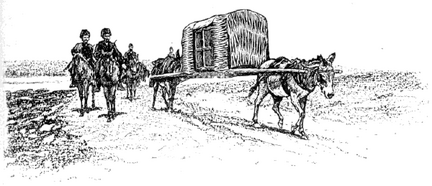 The conveyance of a Persian official traveling in disgrace to Teheran at the call of the shah
The conveyance of a Persian official traveling in disgrace to Teheran at the call of the shah Arabs conversing with a Turk
Arabs conversing with a Turk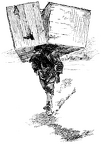 A Turkish Hamaal, or carrier
A Turkish Hamaal, or carrier Baalbek
Baalbek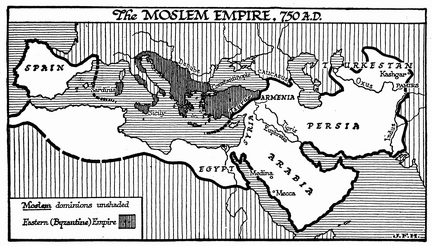 The Moslem Empire
The Moslem Empire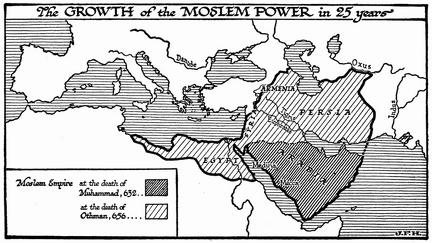 The Growth of Moslem Power in 25 Years
The Growth of Moslem Power in 25 Years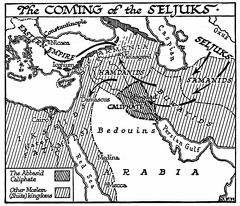 The Coming of the Seljuks
The Coming of the Seljuks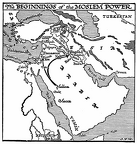 The Beginnings of Moslem Power
The Beginnings of Moslem Power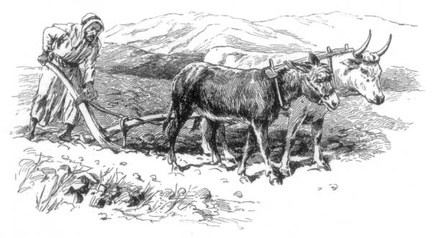 Ploughing in Syria
Ploughing in Syria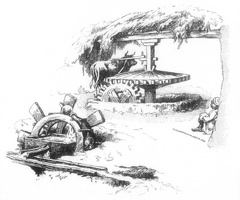 Egyptian 'Sakiyeh'
Egyptian 'Sakiyeh'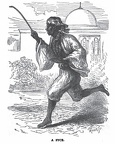 A Syce
A Syce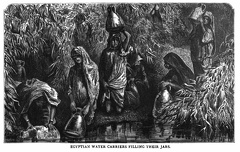 Egyptian Water Carriers filling their jars
Egyptian Water Carriers filling their jars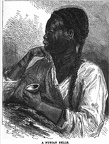 A Nubian Belle
A Nubian Belle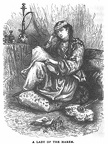 A lady of the Harem
A lady of the Harem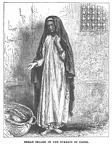 Bread Seller in the streets of Cairo
Bread Seller in the streets of Cairo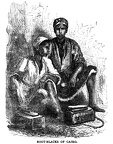 Boot-Blacks of Cairo
Boot-Blacks of Cairo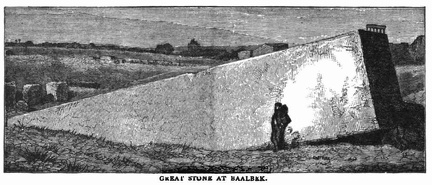 Great Stone of Baalbek
Great Stone of Baalbek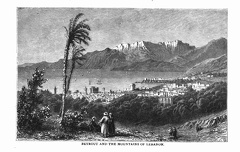 Beyrout and the Mountains of Lebanon
Beyrout and the Mountains of Lebanon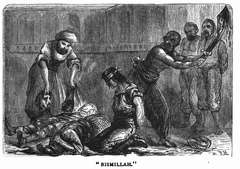 Bismillah
Bismillah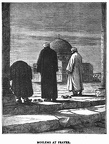 Moslems at Prayer
Moslems at Prayer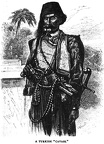 A Turkish 'Cavass'
A Turkish 'Cavass'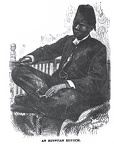 An Egyptian Eunuch
An Egyptian Eunuch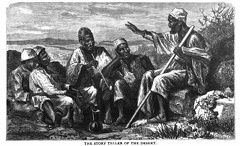 The Story Teller of the Desert
The Story Teller of the Desert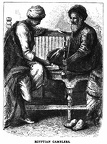 Egyptian Gamblers
Egyptian Gamblers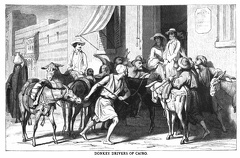 Donkey Drivers of Cairo
Donkey Drivers of Cairo




